What is on-page SEO in digital marketing? 2024
In digital marketing on-page SEO is so important due to several reasons. In today’s competitive digital world establishing a strong online presence is challenging for the success of any website and to stand out with heavy competition. Here, on-page SEO plays as the core foundation for optimizing your website’s content and structure making it simpler and more search engine-friendly, as well as user friendly. By implementing on-page techniques, you can enhance your website’s visibility, attract organic traffic and increase your chances to rank and earn higher income. Also on page SEO practices help to improve overall user experience. When your website is good in speed, structured and other relevant factors, your Website more likely to stay healthy and stay longer. Sometimes CMS platforms like WordPress automatically assign the H1 tag as the title.
Why is On-Page SEO Important?
Let’s discuss the factors of on-page SEO one by one-
- Title- Title tags are HTML elements that display the webpage title in search engine results pages (SERPs). They are crucial for SEO, impacting search engine ranking and user engagement. A Good title tag increases click-through rates (CTR) as it appears as the clickable headline in SERPs. It’s crucial to optimize the title tag of your website by ensuring its relevance to the webpage’s topic. If the title tag doesn’t align with the content, the website can experience a loss of traffic due to misleading titles and an increased bounce rate. Consider user intent and align your title tags accordingly to improve the chances of ranking higher in search results.
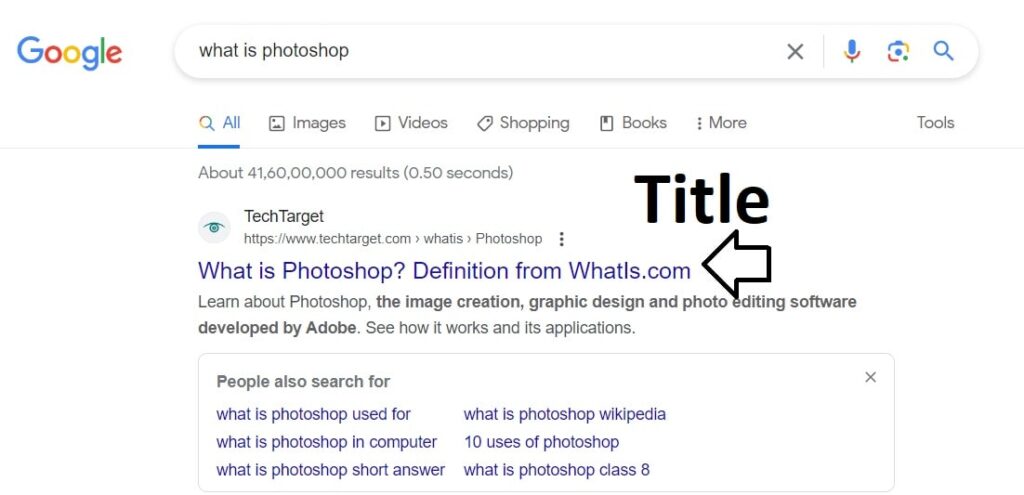
- Meta description – A meta description is an important HTML attribute that provides a concise summary of a webpage’s content in search engine results pages (SERPs) in short, appearing below the title. While it is true that Google may still rank websites without a meta description, our research on multiple websites suggests that those with proper meta descriptions tend to rank higher. Consider two websites appearing in search results- the first website has a Proper description, while the second website doesn’t have. In this case users are more likely to click on the first website because it provides a clearer preview of the content making it easier for them to determine its relevance. A proper meta description reduces the possibility of a high bounce rate and increases the Click Through Rate (CTR). Additionally, it captures user attention and encourages further exploration of the webpage.
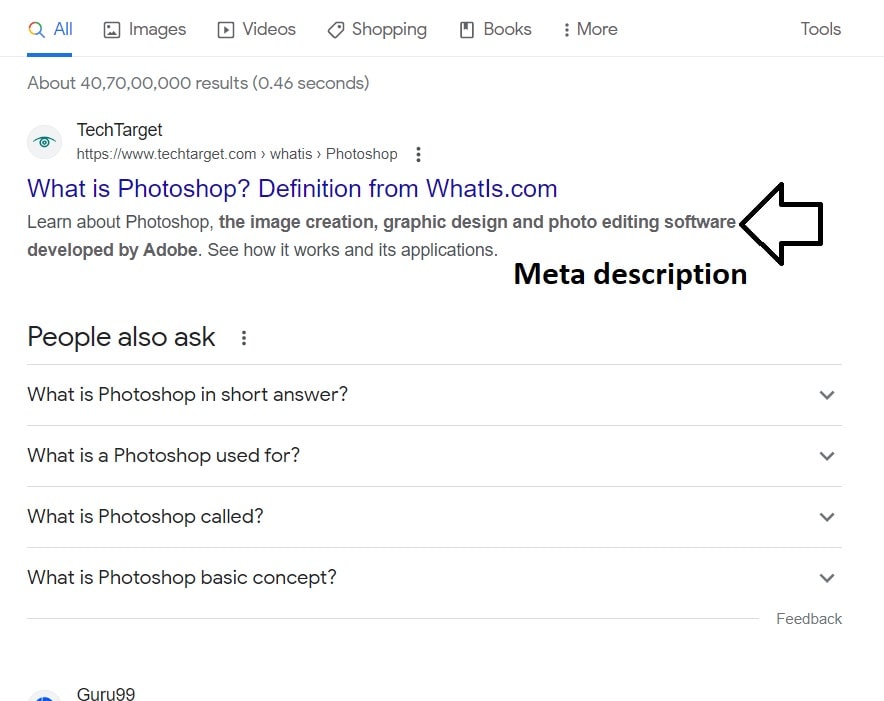
- Heading Tags – HTML heading tags, such as H1, H2, H3, are used to structure web page content and are easy for user to navigation information. These tags indicate the importance and hierarchy of headings and subheadings. Search engines like Google and Yahoo rely on heading tags to understand a page’s context. The H1 tag is typically reserved for the main heading, while H2 to H6 tags represent subheadings. Proper use of headings improves readability and search engine ranking. When writing an article, use only one H1 tag, but H2 to H6 tags can be repeated. H1: Main Title ,H2: Subsection , H3: Sub-Subsection, H4: Sub-Sub-Subsection
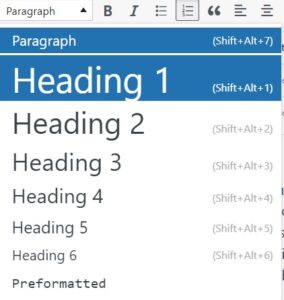
- URL Structure – URL stands for Uniform resource locators. The URL structure of a website defines the way its URLs are formatted and organized and providing a unique representation for each page or resource on the site. A good and effective URL is good for search engine optimizations and also for user experience.
- Keep the URL short and relevant to the page. Avoid long and complex URLs that are difficult to transfer content intent or that are difficult to read and remember. The more SEO friendly URL helps you to build trust.
- Use keywords – include relevant keywords in the URL that shows the content of the page. This helps search engines to understand the intent and topic of that webpage and has a high chance to improve the visibility in SERP.
- Use hyphens as separators – Instead of using underscores (_) in URL use Hyphens(-) to separate words in the URL because hyphens are more readable for both users and search engines.
- Avoid unnecessary parameters– Avoid using unnecessary query parameters in URLs as they can make the URLs messy and less user-friendly.
- Use Lowercase letters in URLs to ensure simplicity and uniqueness. This helps avoid potential case-sensitivity issues and prevents duplicate content problems on most web servers.
 5. Keyword Optimization – Keyword optimization is an important factor in improving website rankings. Including relevant keywords in various elements of a webpage can enhance its visibility in search engine results. Some people suggest that keyword density should be around 2% to 3% in an article, which means repeating the main keywords 20 to 30 times in a 1000-word article. But, this is not exactly correct. While using keywords strategically can help search engines understand the webpage’s topic, forcefully adding keywords and compromising the natural flow of the content can not be good for your website. It is essential to prioritize correct grammar and ensure that the content is not misleading.
5. Keyword Optimization – Keyword optimization is an important factor in improving website rankings. Including relevant keywords in various elements of a webpage can enhance its visibility in search engine results. Some people suggest that keyword density should be around 2% to 3% in an article, which means repeating the main keywords 20 to 30 times in a 1000-word article. But, this is not exactly correct. While using keywords strategically can help search engines understand the webpage’s topic, forcefully adding keywords and compromising the natural flow of the content can not be good for your website. It is essential to prioritize correct grammar and ensure that the content is not misleading.- Keyword research – Always search high traffic keywords that align with the content intent of your webpage. Use paid and free keyword research tools to identify popular keywords and phrases related to your topic.
- Primary keyword – Include your primary keyword in HTML tag, meta descriptions, and heading. This helps search engines understand the page and help in ranking.
- Content optimization – Include keywords naturally in the body of your content, including the first paragraph, subheadings, and throughout the text. Maintain readability and avoid keyword stuffing.
- Image Optimization – Image optimization is an important part of On-page SEO in digital marketing. Using no copyright images and less size images can help to improve the website’s performance, search engine rankings and user experience. Here are some ways for image optimization.
- File size – Compressing and reducing the file size of images without compromising quality is essential for optimizing page load speed.
- Image Format – Use Good image format that is based on your relevant content and purpose. JPG is used for Photographs, while PNG is used for transparency or simple graphics images.
- Image Dimensions – To optimize website performance resize images to the required dimensions before uploading them.
- Image name – Rename all images and files using relevant and descriptive keywords. Avoid generic names like image002.jpg. Use descriptive names.
- Alt text- Add alt text to images that describe the images content. Alt text provides information to search engines related to images.
- Captions and titles – Enhance the user experience and provide valuable information by utilizing captions and titles for your images. These elements offer additional context and relevant details that complement the visuals on your website.
- Responsive Design – Ensure that images are responsive and open in all different devices and screen sizes. This helps improve user experience and supports mobile-friendly websites.
- Content Relevance – Always use images that are related to the content.
- Content Quality – On page SEO content quality is the one of the important parts of a website to rank on SERP. Here are some important points.
- Relevance – Your content should match with the topic of the theme of your webpage. It should always be related to the keyword and intent of the user who is seeking the information.
- Unique and Engaging – Content should be unique or create original and valuable content that provides correct information to users and help them. Use easy to understand language and formatting techniques like bullet points, subheadings and images.
- Readability – Make sure content is easy to read and easily understandable. Use appropriate font sizes and style, check Grammatically issues and break up text into paragraphs.
- Formatting – Structure your content in the form of headings like H1, H2, etc. To enhance readability and indicate the hierarchy of information.
- Length – There is no rule for content length only the things that matter is sufficient word count to cover the complete topic. It may be possible longer content performs better in search results pages but on the other hand quality is important rather than quantity.
- User intent – When even writing content for your website always understand what intent behind user queries and what user is searching for simply create content that fulfills their needs.
- Mobile-Friendliness – Make sure your content is optimized for all devices like Phone ,tablet , laptop etc. Most of the users are using Mobile phones if your content is not mobile friendly so your website is missing high amounts of traffic and also affects its ranking.
- Internal linking – Internal linking establishes connections between different pages within a website. They help search engines discover and navigate through the site’s content and distribute link authority. Also help in crawling other pages. Relevance: Always link related pages together so users get additional information and improve overall user experience. By implementing internal linking strategies you can enhance your website’s SEO by improving crawlability, user experience and content discoverability.
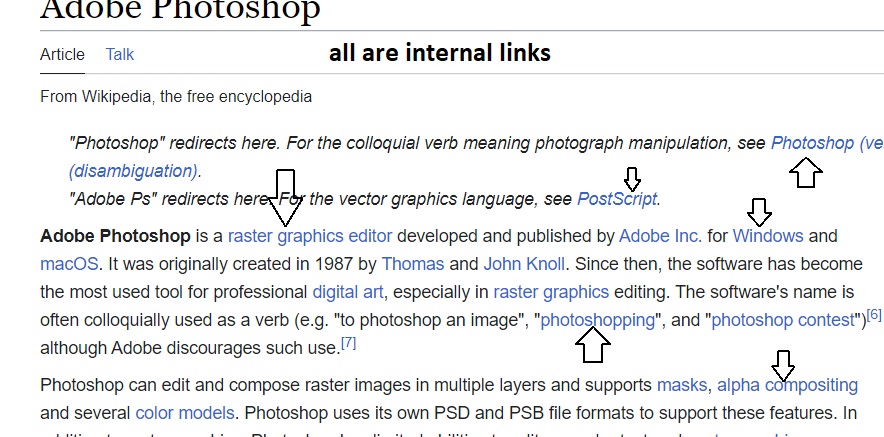
- Page Load Speed: – Page Load speed plays an important role for whole website speed optimization. It is the time taken by a website to fully load such as content images, videos etc. Faster page load speeds are generally favored by search engines and can improve user experience on the other hand slow loading pages can highly negatively impact SEO ranking and increase higher bounce rate. To optimize website or page speed you can try these techniques such as optimizing images, browser caching, Optimizing code and scripts and minimizing server requests.

- Mobile Friendliness – Mobile friendliness is important for SEO because most users browse the internet on mobile devices. Search engines prioritize mobile-friendly websites in their rankings, giving them higher preference compared to non-mobile-friendly sites. Websites that are not mobile-friendly rank lower in mobile search results and may face penalties. Mobile-friendly websites enhance user experience, reducing bounce rate and increasing engagement. Visitors can navigate websites easily and are more likely to stay longer. Websites should have responsive design adapting the layout and content to different screen sizes automatically.
- Schema Markup – Schema markup is structured data that helps search engines understand a website’s content. It provides additional information about elements such as events, products and reviews. Schema markup improves on-page SEO and adds features like rich snippets and knowledge panels, enhancing a website’s information and appeal to users. It boosts click-through rates, improving the user experience.
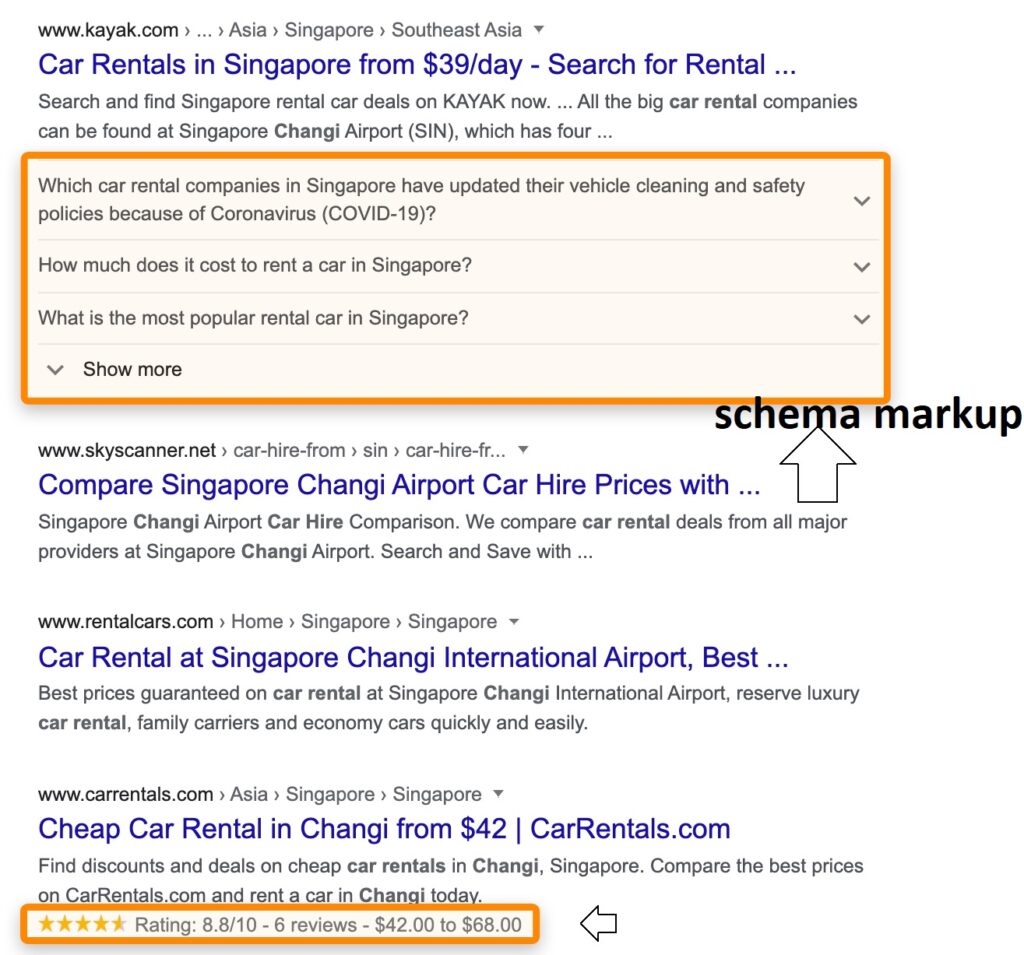
- User Experience (UX) – helps websites improve the overall experience of website visitors. Factors such as clean calls to action, easy navigation, fast load times and better user experience can indirectly impact SEO.
- sitemap – A sitemap is a file that lists all pages, posts, and categories on a website, providing additional information such as their last update, priority and frequency of changes. It helps search engines crawl websites more efficiently. A sitemap.xml file is indeed useful for on-page SEO, offering benefits such as:
- Search Engine Crawling
- Indexing of New and Updated Pages-
- Improved Organic Visibility
- Priority and Frequency Indication
- Error Detection
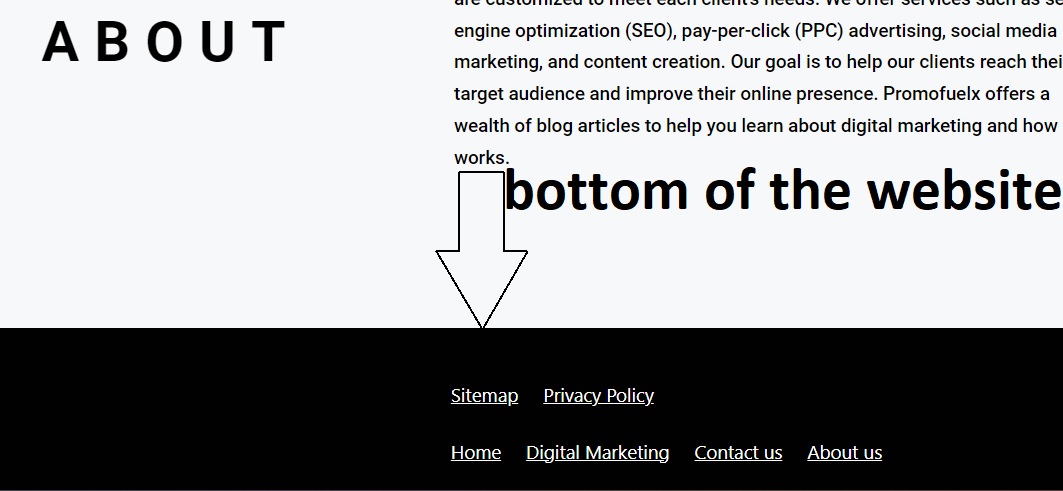
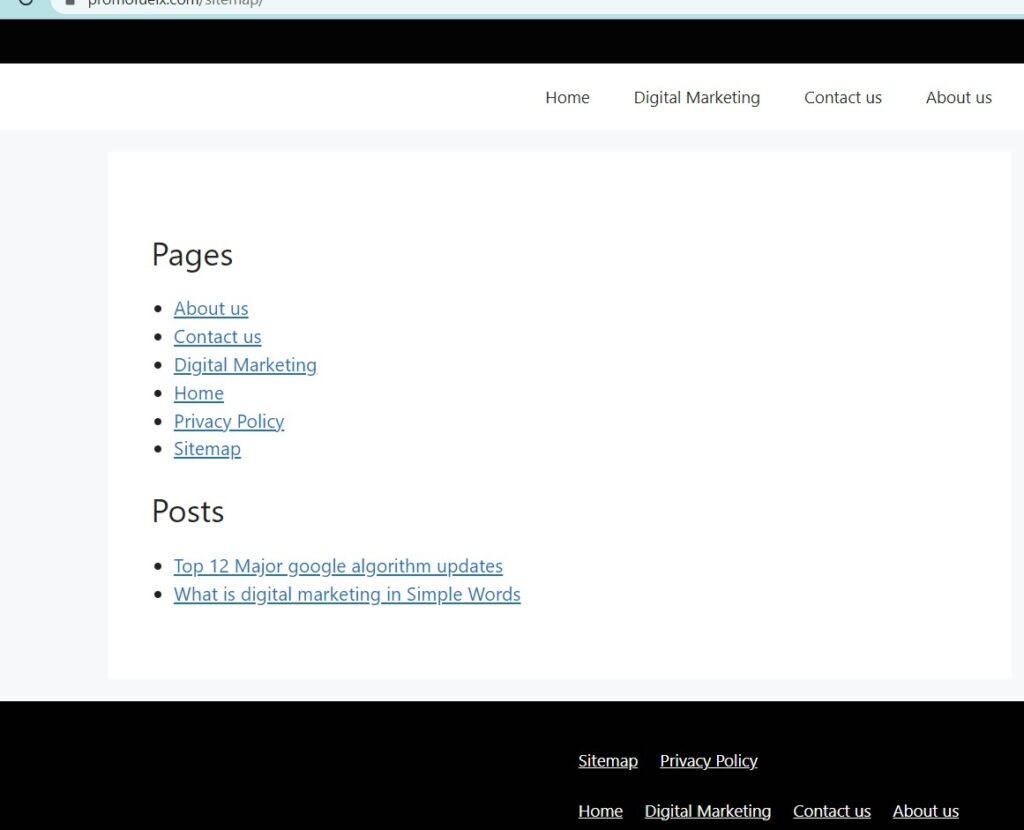
- Canonical issue – A canonical issue in a website refers to a situation when Duplicate content problems occur when multiple URLs on a website have similar or identical content. This happens when different URLs lead to the same or similar content on the site.Canonical issues can arise due to various reasons
- WWW vs non-WWW: Having both “www” and “non-www” versions of a website can create canonical problems. Search engines may treat them as separate pages with identical content. But actually all links direct to the same webpage.
- If both the HTTP and HTTPS versions of a website are accessible, search engines might consider them as duplicate content.
- URL parameters that create different URLs without changing the content can cause canonical issues. Examples include sorting options or session IDs added to the URL.
- Publishing identical or similar content on different URLs within the same website can lead to canonical issues.
- To address canonical issues, use the rel=”canonical” tag in the HTML code of duplicate pages. This tag specifies the primary version, or canonical URL, that search engines should prioritize. Proper implementation of canonicalization consolidates ranking signals and prevents negative SEO effects from duplicate content.
- Webpage code optimization – Webpage code optimization involves removing or improving unnecessary code on a webpage to make it faster and more efficient. It enhances website performance, improves code readability, accelerates page load times and enhances user experience and boosts search engine rankings.Minifying code is the process in which we Remove unnecessary characters, spaces and comments from the code to reduce file size and improve loading speed.Some common practices for webpage code optimization include –
- Using browser caching
- Eliminating render-blocking resources
- Implementing efficient CSS and JavaScript
- Structuring HTML semantically
Webpage code optimization–
- Keyword research -Identify relevant keywords
Title tag – Include target keyword in the title (60 characters max).
Meta description – Write a concise description with the keyword (160 characters max).
URL structure – Use SEO-friendly, readable URLs.
Heading tags – Organize content with proper heading tags and include keywords.
Keyword optimization – Incorporate target keywords naturally throughout the content.
Content quality – Create high-quality, valuable content.
Image optimization – Optimize image names and use descriptive alt tags.
Internal linking – Link to relevant pages on your site.
External linking – Include links to reputable, relevant websites.
Mobile optimization – Ensure your site is mobile-friendly.
Page speed – Optimize for fast loading.
User experience – Improve navigation and design.
Social sharing – Add social sharing buttons.
Schema markup – Implement structured data for better understanding.
Analytics – Install a web analytics tool for tracking.
Readability – Use proper formatting and make content easy to read.
SSL certificate – Use HTTPS for security.
Canonical tags – Implement to avoid duplicate content issues.
Regular updates – Keep content fresh and relevant.
Remember SEO is an ongoing process and staying updated with industry trends and analytics is important for long-term success.
What are the Benefits of on-page SEO?
Improved Search Engine Rankings
Increased Organic Traffic
Enhanced User Experience
Better Conversion Rates
Long-Term Results
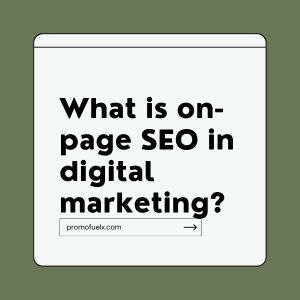

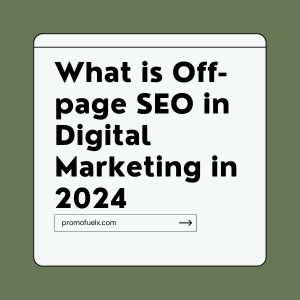
One thought on “What is on-page seo in digital marketing?”